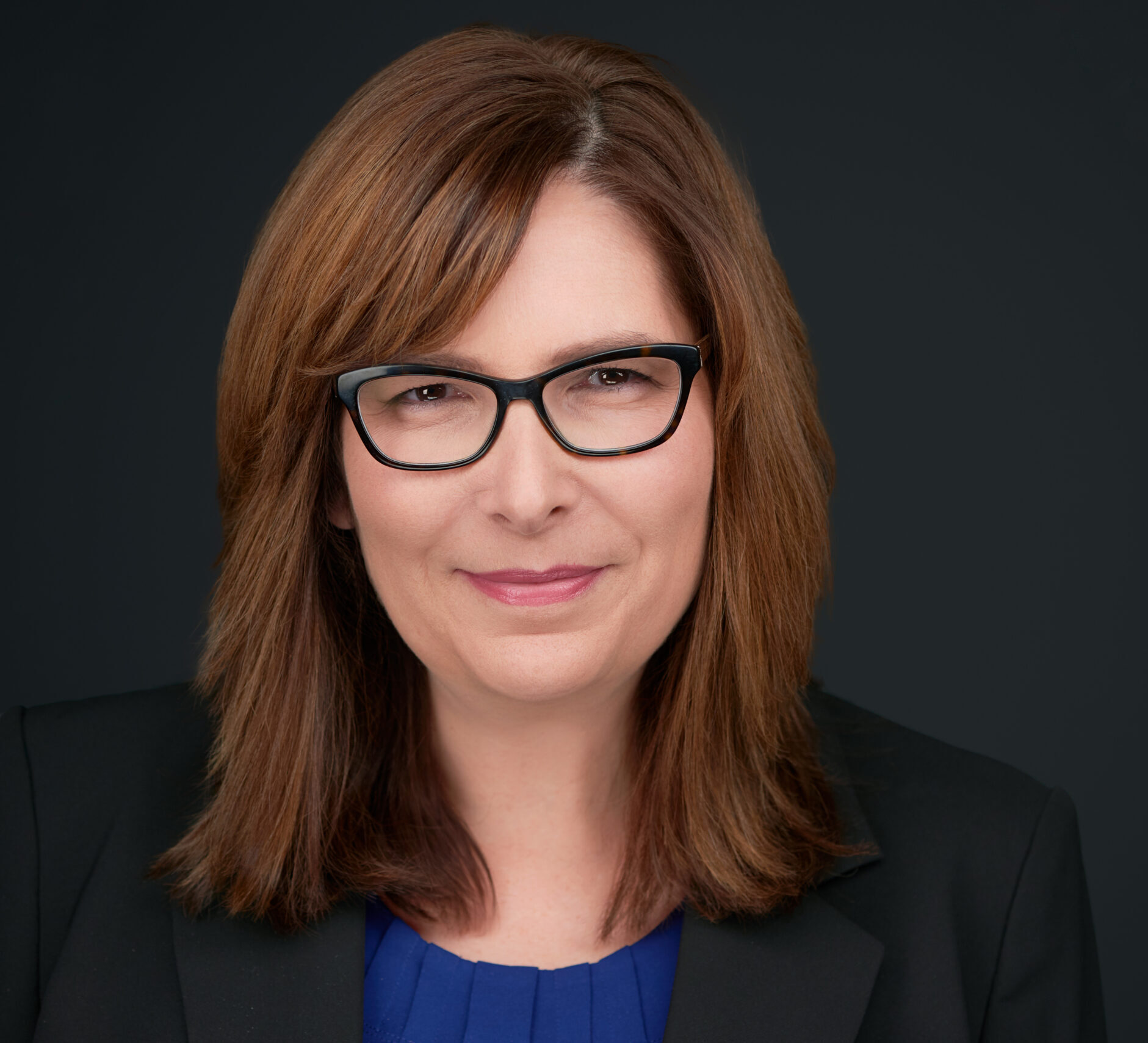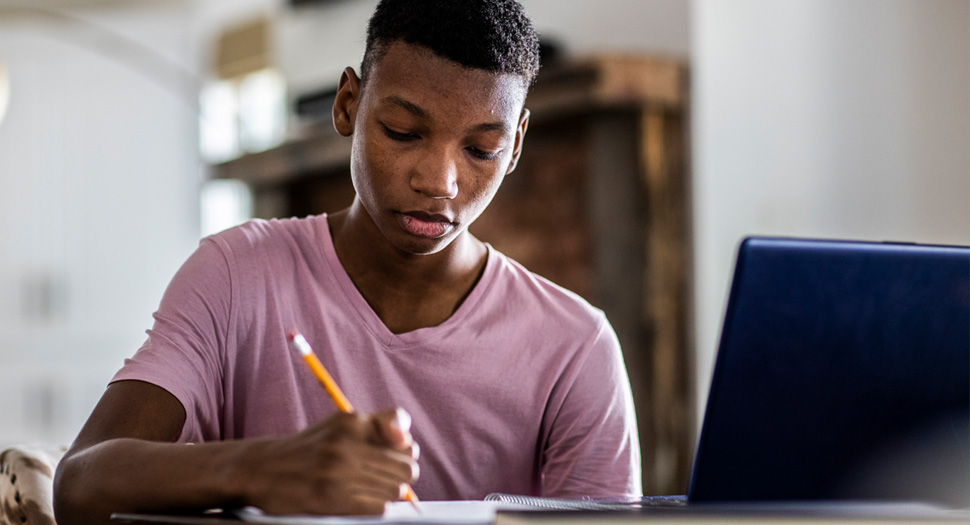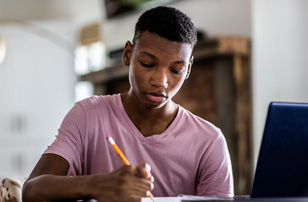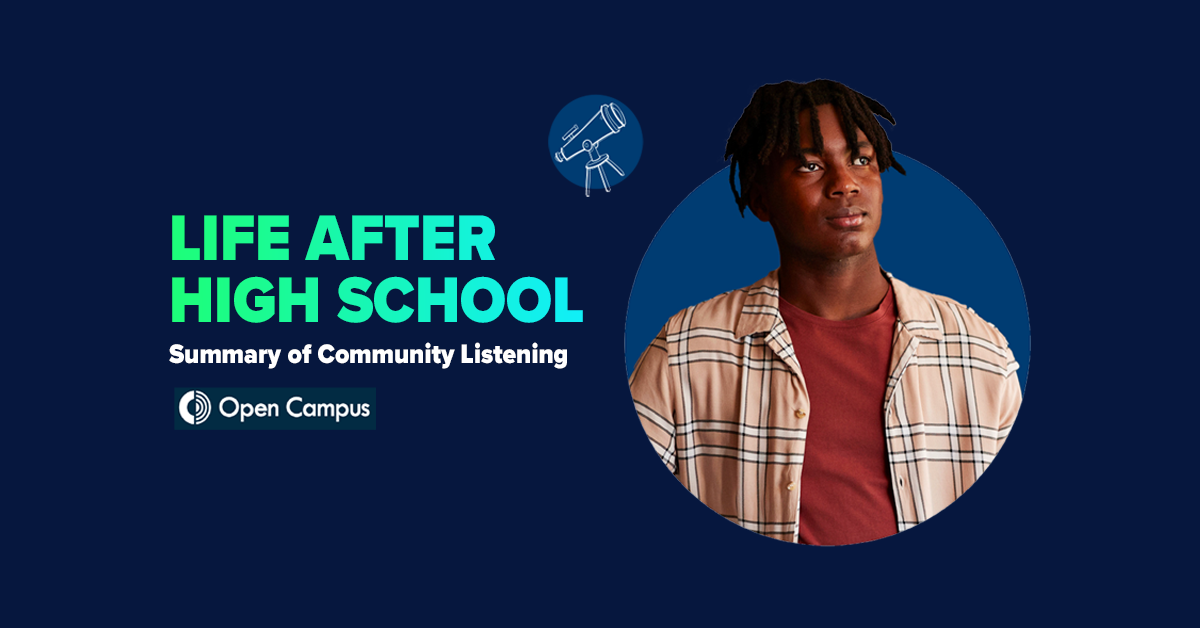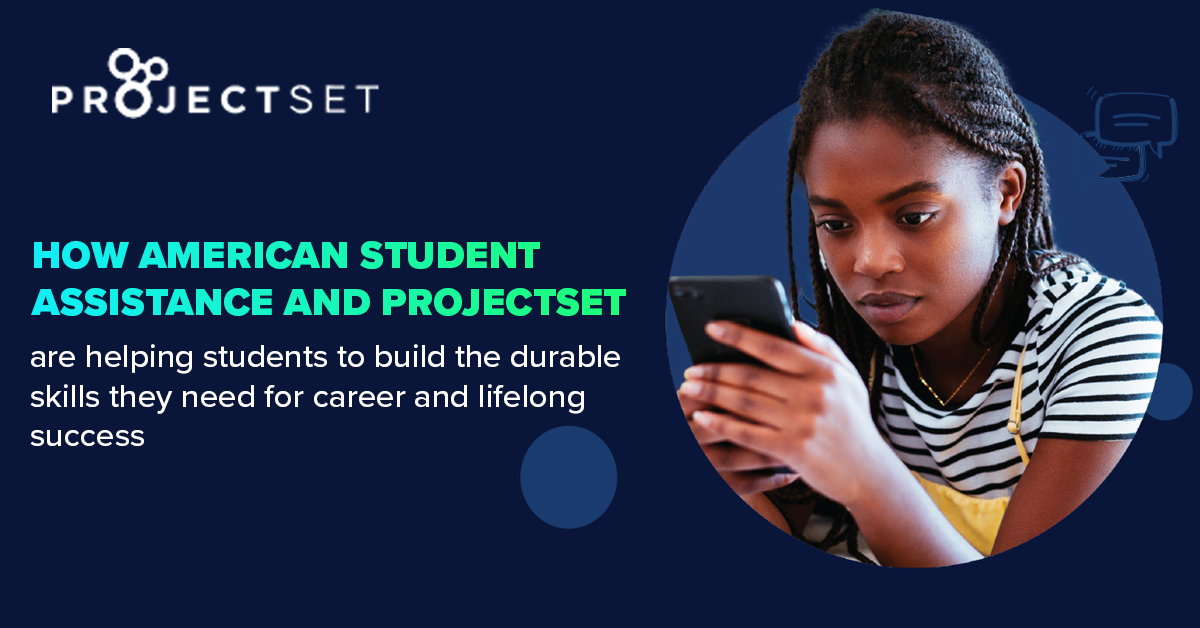Since the start of the COVID-19 pandemic, we’ve seen a number of unprecedented challenges in the classroom as the country’s schools had to take on remote learning and adapt to the needs of students in an entirely new way. Educators grappled with drops in engagement among students as they navigated learning from home amidst a time period filled with uncertainty. So, how do educators weave career exploration into the curriculum in this environment when teaching even the fundamental subjects, like math, has become decidedly difficult?
That’s exactly what was explored in a recent panel discussion at the 2021 ASU+GSV Summit. Moderated by ASA VP of Strategy and Innovation Alisa Wilke, the dialogue featured thought-provoking insights from Elizabeth Micci, Managing Director of Citizen Schools; Ed Hidalgo, Chief Innovation and Engagement Officer for the Cajon Valley Unified School District in San Diego; and Christina Theokas, Chief Applied Science Officer at Turnaround for Children. Though their approaches to this topic differed slightly, there was a general consensus among the panelists: throughout the myriad educational challenges faced during the pandemic, there was also a great amount of opportunity with which to move forward.
Here are our key takeaways:
Scheduling career exploration programs was the first major obstacle in implementing them. The panelists started off by discussing one of the most common hurdles they faced: scheduling and coordination with educators to get these programs in front of students. Elizabeth of Citizen Schools, a national nonprofit that helps students thrive in school and beyond through hands-on learning and career mentors, said she and her team were faced with the question of when and how they’d be able to meet with teachers to discuss work-based learning programs — a question that would have been easy to answer in a normal school year, but with many now toggling between combinations of in-person and remote learning, this became a persistent challenge. Elizabeth did note, however, that most teachers had a “healthy appetite for any kind of professional development and support around hands-on learning, experiential learning, and anything that connected students” during this complicated time. This type of learning, she explained, helped to mitigate some of the isolation students were feeling due to a lack of in-person collaboration.
Christina went on to explain that the remote setting forced them to innovate and really focus on individualized solutions so that students would be able to access this programming — a successful one being the implementation of smaller groups at a time rather than whole classes, to allow for both students and employers to work around their schedules more easily.
Technology affords access and personalization for career exploration programs. Ed of the Cajon Valley Unified School District in San Diego, offered his perspective. Moving to an asynchronous model of learning was seen not so much as an obstacle for this school district, but rather a roadmap of its path forward. Prior to the pandemic, Ed explained, the schools in his district were already equipped with tools for virtual learning, such as Google Classroom, Flipgrid, and Pear Deck. Because of this, the transition to a fully remote model and the subsequent reopening of in-person classrooms was a bit less hectic than what was observed in many other districts across the nation. “I think the pandemic has just accelerated this desire of teachers to want [work-based learning], to get it when they need it, when they need it, and for the duration they need,” Ed elaborated.
If schools are able to outfit all students with the necessary technology, the opportunity for equitable access to career-focused learning initiatives is greatly increased.
Addressing the social-emotional needs of students is imperative in times of crisis and uncertainty. Christina of Turnaround for Children, a nonprofit that works with educators to embed an equitable whole-child purpose into our education system, explained: “Many kids were experiencing fear of illness, death, economic, food, housing insecurity — and then of course the racial injustice that we saw playing out across the country nearly every day.” These adversity-related stressors, according to Christina, contributed to heightened anxieties among students and increased calls to closely monitor their emotional well-being. That’s no easy task, especially in a remote environment where physical signs of distress aren’t as identifiable. This gets further complicated by the fact that not every student is going to react to these situations the same way, emphasizing the need to steer away from a “one-size-fits-all” approach to social-emotional supervision.
Citizen Schools’ Elizabeth, agreed, adding: “COVID, in a lot of ways, made a [non-individualized] framework totally impossible to operate in because you couldn’t even guarantee that you could get all your students in the same room at the same time, let alone treat them all the same way once they were in there. So, I think it pushed us and the teachers and partners we were working with to get really creative to address the social-emotional needs of their students when considering work-based learning programs.”
Ed, with Cajon Valley Unified School District, also weighed in here. “The integration of blended and personalized learning, and those teaching practices and pedagogy, were key to ensuring that our teachers really understand how to address these unique needs.” What he saw from teachers and parents alike, though, was that the work-based learning programs were among the most popular throughout the school year, with many parents eager to sign their children up for more. This helped to resolve some of the disengagement that could be felt by students in a fully remote or hybrid learning environment.
Overall, the panelists agreed that while the pandemic presented a number of challenges for educators and students alike, there were some silver linings. “There’s a recognition that a one-size-fits-all approach isn’t going to work for individual students or for individual schools,” Christina said. Education must be tailored to individual students’ needs, interests, and skill sets in order to position students for future success in the workforce.
Christina continued: “If there’s a little learning loss in the particular standards like biology, they gained a whole lot of knowledge about themselves and navigating technology and environments that weren’t consistent — so I see that as a silver lining for sure.”
Thanks for reading! We’d love to hear your thoughts.
